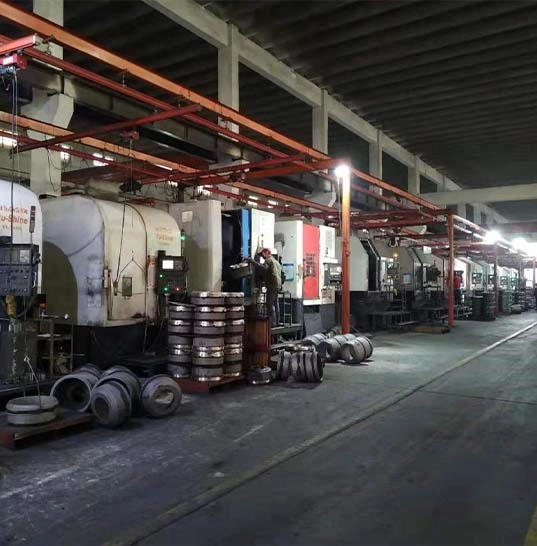
-
 Afrikaans
Afrikaans -
 Albanian
Albanian -
 Amharic
Amharic -
 Arabic
Arabic -
 Armenian
Armenian -
 Azerbaijani
Azerbaijani -
 Basque
Basque -
 Belarusian
Belarusian -
 Bengali
Bengali -
 Bosnian
Bosnian -
 Bulgarian
Bulgarian -
 Catalan
Catalan -
 Cebuano
Cebuano -
 Corsican
Corsican -
 Croatian
Croatian -
 Czech
Czech -
 Danish
Danish -
 Dutch
Dutch -
 English
English -
 Esperanto
Esperanto -
 Estonian
Estonian -
 Finnish
Finnish -
 French
French -
 Frisian
Frisian -
 Galician
Galician -
 Georgian
Georgian -
 German
German -
 Greek
Greek -
 Gujarati
Gujarati -
 Haitian Creole
Haitian Creole -
 hausa
hausa -
 hawaiian
hawaiian -
 Hebrew
Hebrew -
 Hindi
Hindi -
 Miao
Miao -
 Hungarian
Hungarian -
 Icelandic
Icelandic -
 igbo
igbo -
 Indonesian
Indonesian -
 irish
irish -
 Italian
Italian -
 Japanese
Japanese -
 Javanese
Javanese -
 Kannada
Kannada -
 kazakh
kazakh -
 Khmer
Khmer -
 Rwandese
Rwandese -
 Korean
Korean -
 Kurdish
Kurdish -
 Kyrgyz
Kyrgyz -
 Lao
Lao -
 Latin
Latin -
 Latvian
Latvian -
 Lithuanian
Lithuanian -
 Luxembourgish
Luxembourgish -
 Macedonian
Macedonian -
 Malgashi
Malgashi -
 Malay
Malay -
 Malayalam
Malayalam -
 Maltese
Maltese -
 Maori
Maori -
 Marathi
Marathi -
 Mongolian
Mongolian -
 Myanmar
Myanmar -
 Nepali
Nepali -
 Norwegian
Norwegian -
 Norwegian
Norwegian -
 Occitan
Occitan -
 Pashto
Pashto -
 Persian
Persian -
 Polish
Polish -
 Portuguese
Portuguese -
 Punjabi
Punjabi -
 Romanian
Romanian -
 Russian
Russian -
 Samoan
Samoan -
 Scottish Gaelic
Scottish Gaelic -
 Serbian
Serbian -
 Sesotho
Sesotho -
 Shona
Shona -
 Sindhi
Sindhi -
 Sinhala
Sinhala -
 Slovak
Slovak -
 Slovenian
Slovenian -
 Somali
Somali -
 Spanish
Spanish -
 Sundanese
Sundanese -
 Swahili
Swahili -
 Swedish
Swedish -
 Tagalog
Tagalog -
 Tajik
Tajik -
 Tamil
Tamil -
 Tatar
Tatar -
 Telugu
Telugu -
 Thai
Thai -
 Turkish
Turkish -
 Turkmen
Turkmen -
 Ukrainian
Ukrainian -
 Urdu
Urdu -
 Uighur
Uighur -
 Uzbek
Uzbek -
 Vietnamese
Vietnamese -
 Welsh
Welsh -
 Bantu
Bantu -
 Yiddish
Yiddish -
 Yoruba
Yoruba -
 Zulu
Zulu
do rear drum brakes stop the car
How Do Rear Drum Brakes Stop the Car?
When it comes to automotive braking systems, most drivers are familiar with the essential role brakes play in ensuring safety and control on the road. Among the various types of braking systems, rear drum brakes are notable for their unique design and functionality. Understanding how rear drum brakes stop a car is critical for vehicle maintenance and performance appreciation.
At its core, a rear drum brake consists of several key components the brake drum, brake shoes, wheel cylinder, and the hydraulic system. The brake drum is a cylindrical piece that is attached to the wheel and rotates with it. As the car is driven, the drum spins, and the friction material bonded to the brake shoes is pressed against the drum to create stopping power.
How Do Rear Drum Brakes Stop the Car?
One of the distinguishing features of rear drum brakes is the way they use friction to create stopping power. As the brake shoes make contact with the drum, they create friction, which slows down the rotation of the drum—and thus the wheel. The friction generated must be considerable enough to overcome the momentum of the vehicle, allowing it to decelerate effectively. This is particularly important, as rear drum brakes are often responsible for a significant portion of the vehicle’s braking force, especially in older vehicle designs.
do rear drum brakes stop the car

Another defining characteristic of rear drum brakes is their self-energizing feature. When the brakes are applied, the design allows the brake shoes to pivot and apply pressure to the drum at an angle. This self-energizing effect means that the more the brakes are applied, the greater the force exerted on the drum by the shoes, resulting in even more friction. This feature enhances the braking efficiency of the system, making rear drum brakes an effective choice for many vehicles.
However, it’s essential to recognize that rear drum brakes do have their limitations. They generally provide less stopping power and are more prone to heat buildup compared to their disc brake counterparts. In conditions where frequent and rapid braking is required, such as in performance or heavy-duty applications, disc brakes may perform better. Additionally, rear drum brakes can be susceptible to moisture and dirt, which can lead to decreased performance if not properly maintained.
Maintenance of rear drum brakes involves regular inspections and servicing to ensure they remain effective. This includes checking for wear on the brake shoes, inspecting the drum for grooves and scoring, and ensuring the hydraulic system is functioning correctly. Thicker lining on the brake shoes can enhance stopping power, and replacing them before they are too worn can significantly improve safety.
In conclusion, rear drum brakes play a pivotal role in a vehicle’s braking system. Through hydraulic force, friction, and self-energizing features, they provide effective stopping power. Understanding how they work can help drivers appreciate their importance, as well as the need for regular maintenance to ensure safety and performance on the road. As automotive technology continues to evolve, knowing the basics of brake systems remains a valuable asset for every driver.
-
What Are Drum BrakesNewsJul.07,2025
-
Understanding Brake Drum MaterialNewsJul.07,2025
-
Semi-Trailer Brake Drum: A Key Component for Extreme Loads and Long-Distance TransportNewsJul.07,2025
-
Drum Brake Pads for SaleNewsJul.07,2025
-
Brake Drums for SaleNewsJul.07,2025
-
Brake Drum ManufacturerNewsJul.07,2025
-
Aluminum Brake Drums: The Future of High-Performance CarsNewsJul.07,2025
